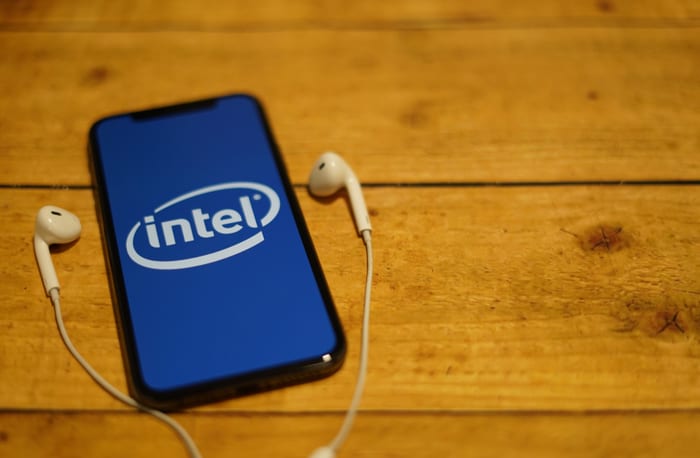
The development of a new iPhone feature that would have let people text each other without cell service has been reportedly shelved by Apple, The Information reported on Monday (Aug. 26).
Apple was working with Intel to build a new technology that would let iPhones communicate with other iPhones “over long-distance radio waves that bypass cellular networks,” sources told the news outlet.
Apple codenamed the plan Off-Grid Radio Service, or “OGRS.” At Intel, it was called “Project Shrek.” Apple filed a series of patents relating to OGRS earlier this year.
The new tech was going to leverage Intel chips from upcoming iPhones and work over the 900 megahertz radio band that utility companies often use.
No reason was given for shelving the project; however, Rubén Caballero was the Apple executive in charge of this project and left the company in April.
The new tech was supposed to work by allowing multiple iPhones to form a mesh network that could communicate between devices regardless of cell service towers in range, VentureBeat reported on Monday (Aug. 26).
It was going to use 900MHz wireless technology and have a long-distance range, enabling people in remote without cell service to connect directly to other people.
Apple announced in July that it was acquiring a majority of Intel’s smartphone modem business. As part of the deal, around 2,200 Intel employees will join the tech giant, who will also acquire intellectual property, equipment and leases. The $1 billion transaction is expected to close in the fourth quarter of 2019, subject to regulatory approvals and other customary conditions.
Once completed, Apple will hold over 17,000 wireless technology patents, as well as the engineering labor and talent behind Intel’s work on the modem chips for 5G technology, saving Apple years of development work. Last month it was revealed that Apple is planning on launching three iPhones in 2020, two of which will be 5G compatible.